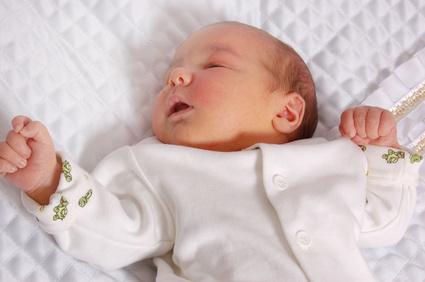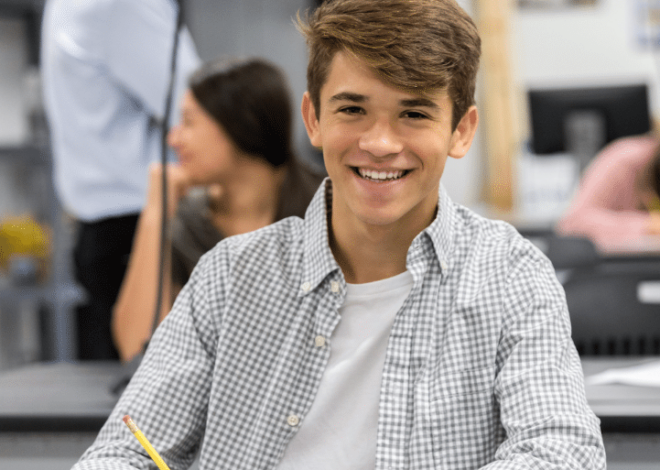Visually impaired infants face challenges, but hands-on activities can help blind babies learn about the world and begin making connections. Special activities work well at home or in a child care setting. The ideas also work just as well for infants without visual difficulties, making them even more appropriate for child care with a mixed group of babies.
Sensory Play Area
A sensory play area gives the infant a secure area that allows for exploration of different objects. A playpen or laundry basket works for the defined area. Only use a laundry basket for an older infant who sits up steadily so the basket doesn’t tip. Attach various toys and textured items onto the sides of the playpen or laundry basket. Cable ties are an option for securely fastening the objects to the sides. Ideas for objects include baby toys, a towel ring the baby can grab, lengths of ribbon with large bells at the end, or pieces of fabric in different textures. The blind baby explores within the play area, manipulating the different objects on the side for a tactile experience.
Crawling Course
As the visually impaired or blind infant begins crawling, this activity encourages exploration through crawling. Set up a pile of pillows, a tunnel made from a large cardboard box, or blankets with different textures. Encourage your baby to crawl over and through the different components of the crawling course. She might stop along the way to feel the different textures.
Textured Fabrics
Fabrics in different textures create the basis for this activity for blind babies. Swatches of corduroy, fleece, silky fabric, textured cotton and other fabrics can be glued to a piece of cardboard or placed onto a ring for a handmade baby toy. Touch the different fabrics against the baby’s hand, face, feet and other areas of the body for a sensory activity.
Water Play
Water play is another sensory activity that works well for older infants, with or without visual impairments. Water play should always be supervised. A small bowl or tub of water and cups, measuring spoons and other items from around the house are the materials needed for the activity, which works well outdoors. Let the baby splash around in the water, using his hands or the household objects. Help him pour the water from a cup back into the bowl or let make his own connections.





